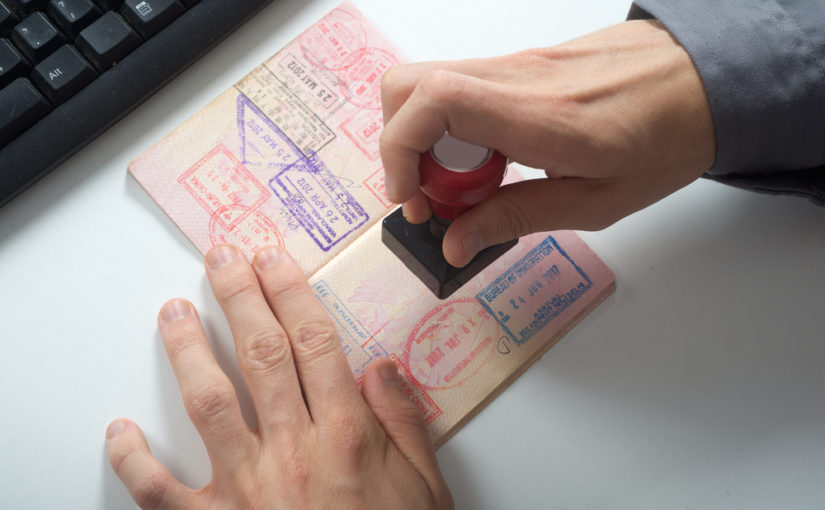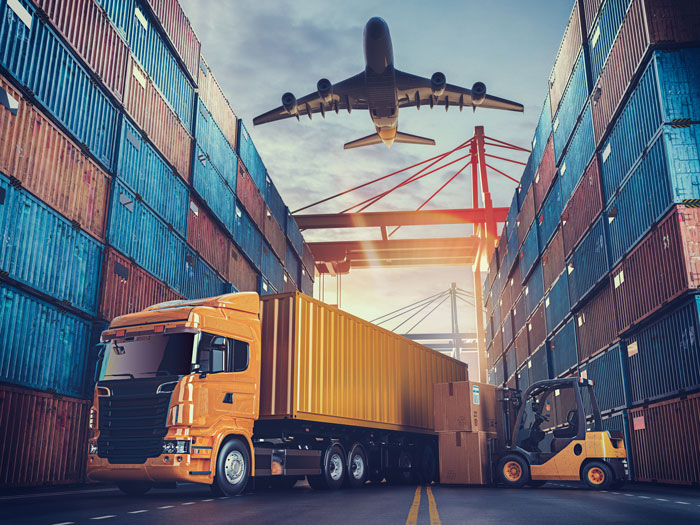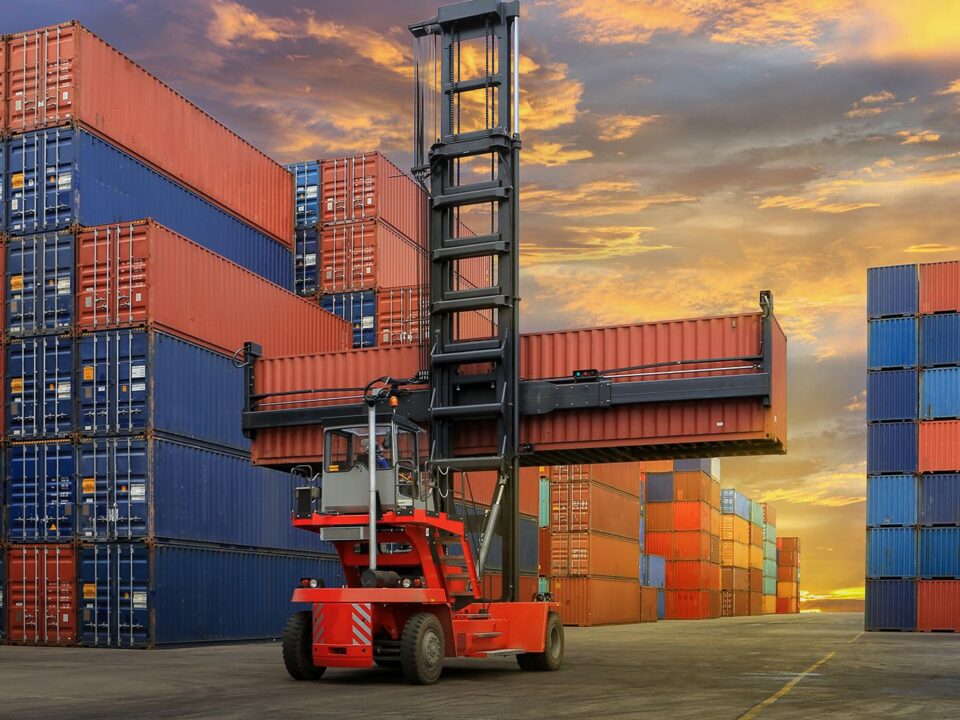Customs regimes: What are they and their types?

What is customs and how does it work?
20/09/2021
What is a Customs Agent?
20/09/2021What is a customs regime?
Custom regimes are the set of operations that seek to give a specific customs destination (a clear place and purpose) to a good, according to the particular interest of the importer or exporter. Their importance in foreign trade could be defined from the following points:
- They establish general rules to make import and export processes more efficient.
- They allow customs control of goods entering or leaving the country.
- They provide customs with a universal classification.
Customs regimes types
In Mexico, the Tax Administration Service (SAT) has established six mandatory customs regimes for import and export activities.

Asian staff woman checking container box for logistic Import Export in dock
- Definitive (import and/or export):
- Imports: Goods coming from abroad that will remain in the national territory for an unlimited period of time.
- Exports: Goods going outside the country that will remain in the international territory for an unlimited period of time.
- Temporary (import and/or export):
- Imports: Goods coming from abroad that will remain in the national territory for a limited period of time.
- Exports: Goods going outside the country that will remain in the international territory for a limited period of time.
- Bonded warehouse: The storage of domestic or foreign merchandise in bonded warehouses, which are accredited by customs authorities.
- Transfer (or transit) of goods: It exists in two forms: internal or international. The internal refers to the transfer of goods under fiscal control from one national customs office to another. The international one occurs between international customs, crossing through a specific country.
- Processing, transformation or repair in bonded warehouse: This customs procedure refers to the entry of foreign or domestic goods into the bonded warehouse for processing, transformation or repair.
- Strategic bonded warehouse: The entry of foreign, national or nationalized goods into strategic bonded warehouses for a limited period of time.




